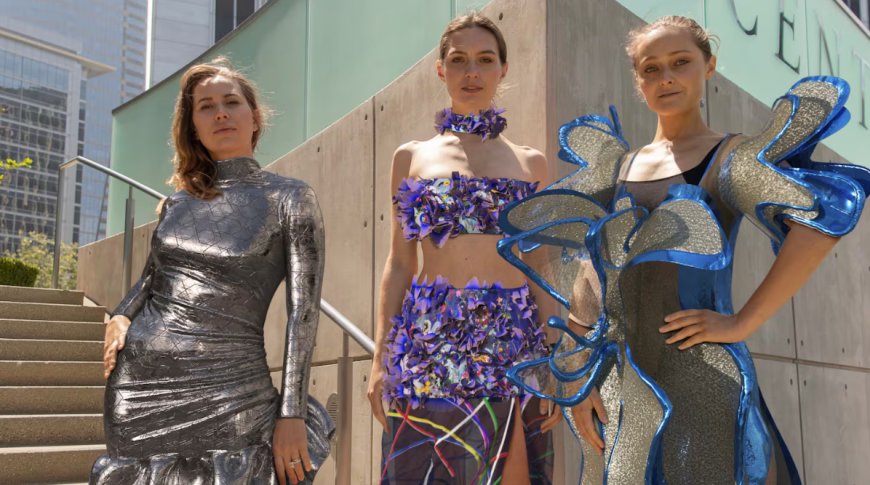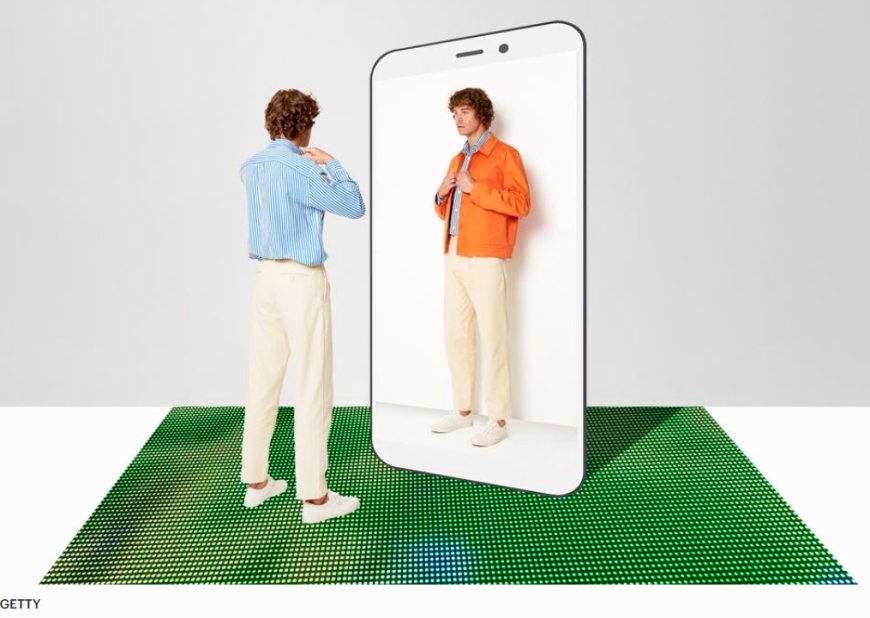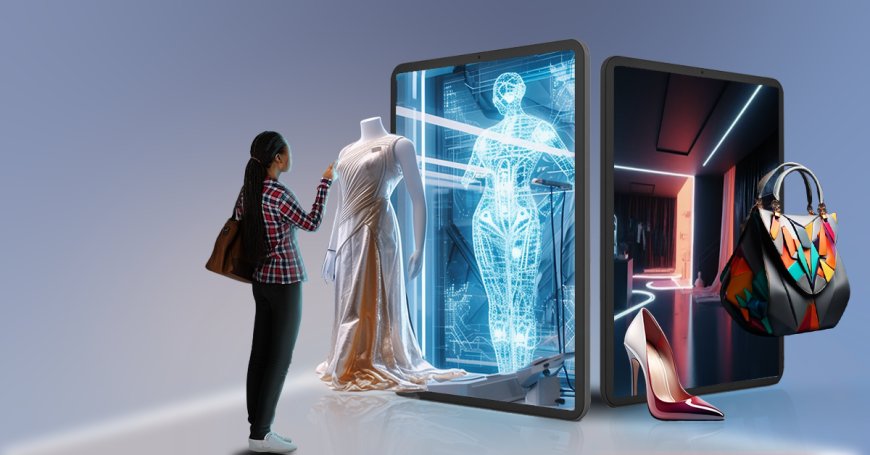From Metaverse to Main Street: How Virtual Fashion and AI-Designed Outfits Are Changing Style Globally
Virtual fashion and AI-designed outfits are shaking up how we dress. Digital clothes are jumping from screens to real closets, changing what style means for millions worldwide.

Clothes You Can't Touch But Still Want
Here's something wild happening right now: people are buying outfits they'll never physically wear. Virtual fashion isn't some sci-fi concept anymore - it's real money changing hands for digital clothing that exists only on screens.
Started in video games with custom character skins. Then brands noticed players spending serious cash on virtual items, sometimes more than real clothes cost. That got the fashion world's attention fast.
Now it's everywhere. Instagram influencers dress their posts with digital outfits. Event attendees wear AI-designed clothes to virtual conferences. And yeah, people actually love doing this.
Why Algorithms Design Better Than You'd Expect
Traditional fashion design takes forever. Sketch, sample, manufacture - months disappear between idea and store rack. AI changes that timeline completely. These programs spit out thousands of design variations in hours, pulling from huge databases of past styles and current trends.
Speed isn't even the coolest part. AI-designed outfits push boundaries regular designers might skip. The algorithms don't care about "what's been done" or "what typically works." They mash up elements in weird new ways that somehow look fresh.
Some folks worry this kills creativity. But designers are using AI as partners, not replacements. The tech suggests wild possibilities, humans pick the good stuff and refine it. That's collaboration working right.
Digital Meets Physical on Your Phone

Virtual fashion is bleeding into real life now. Those AI-designed outfits getting attention online? Brands watch which ones blow up, then make physical versions. The digital world becomes a testing ground.
It works backwards too. Buy a jacket in store, get its digital twin for your avatar free. This bridge between real and virtual is where things get interesting.
AR apps supercharge this. Point your camera, see yourself wearing virtual fashion instantly. No changing required. People build entire digital wardrobes this way, mixing owned pieces with digital-only AI-designed outfits.
The Planet Loves This Trend
Fast fashion wrecked the environment. Mountains of textile waste, insane pollution, overproduction - it's brutal. Digital clothing offers an answer that's tough to argue with: zero material waste.
Buy virtual fashion, nothing gets made, shipped, or tossed eventually. You get that new outfit rush without trashing the planet. Younger, eco-aware buyers really care about this angle.
Here's what digital wins on:
Environmental benefits:
- No fabric production or dyes
- Zero shipping emissions
- Nothing ending up in landfills
- Infinite "wears" with no degradation
Practical perks:
- Costs less than physical equivalents
- Unlimited closet space
- Try bold styles risk-free
- Share and swap with friends digitally
Sure, servers use energy. But compared to making actual clothes? Digital wins huge.
Real Stores Test AI Design Now

Big retailers are playing with AI tools that design clothes using customer data. What you browse, buy, even colors you pause on - algorithms eat all that and suggest styles tailored exactly to you.
This goes past recommendations. Some companies offer made-to-order pieces generated by AI based on your preferences. Custom fashion at scale, previously impossible.
The tech's still rough. Sometimes AI-designed outfits look bizarre or unwearable. But it's improving quick. Few years out, AI might design most store inventory, with humans fine-tuning.
What Your Closet Looks Like Tomorrow
Fashion always reflected technology and culture. Photography changed how we documented style. Social media changed how we shared it. Virtual fashion and AI-designed outfits are next in that evolution.
Physical clothes aren't disappearing. But "wardrobe" is expanding. Your digital clothing collection might matter as much as your physical one soon, especially as life moves online more.
Key shifts happening now:
Style changes coming:
- Digital-first design becoming standard
- AI generating most new patterns
- Virtual try-ons replacing fitting rooms
- Customization becoming expected, not luxury
Market transformations:
- Digital fashion weeks alongside physical ones
- NFT clothing with resale value
- Avatar styling as serious business
- Cross-platform wardrobe compatibility
The line between virtual and real keeps dissolving. AI keeps getting better at understanding beauty. And digital clothing keeps solving problems - waste, cost, access - that traditional fashion struggles with badly.
Should You Care About This?
Whether you're hyped or skeptical about virtual fashion, reality's clear: how we think about clothes and style is changing globally. Fast.
You might never buy digital clothing. But the tech pushing it will affect what shows up in stores, how much it costs, and how it's designed. AI-designed outfits will influence physical fashion whether you engage with virtual versions or not.
Your kids or younger siblings? They're growing up where virtual fashion feels completely normal. To them, spending money on digital clothes makes as much sense as buying physical ones. That's the future walking toward us right now.
What's Your Reaction?
 Like
0
Like
0
 Dislike
0
Dislike
0
 Love
0
Love
0
 Funny
0
Funny
0
 Angry
0
Angry
0
 Sad
0
Sad
0
 Wow
0
Wow
0























































































































































































